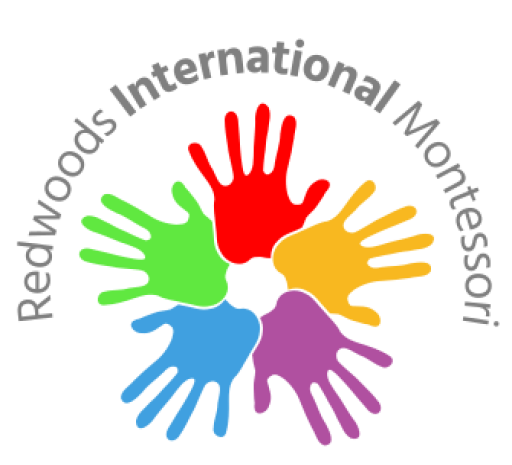Redwoods International Montessori Preschool
in Redwood City, CA

Schedule a Campus Tour Today
Experience our child-centered classrooms and dedicated playgrounds. Schedule a visit at either our San Ramonor Redwood Citylocations, where future explorers grow into confident, curious global thinkers.
For more than 30 years, Redwoods International Montessori has been guiding children ages 2–6 on a path of discovery, independence, and lifelong learning. Our nurturing environment and dedicated educators inspire curiosity and confidence while honoring each child’s unique potential. With programs for toddlers (18-36 months) through preschoolers, we blend the proven Montessori method with a global perspective, encouraging exploration, creativity, and growth. Across our Redwood City and San Ramon campuses, we are more than a school, we are a community committed to cultivating bright, compassionate, and resilient learners prepared to thrive in every stage of life.
Preschool & Kindergarten Programs
Redwoods International Montessori Preschool Curriculum
FOR AGES 2-6 Years Old
Full‑Day Montessori (Ages 2–6):
Hands-on materials that develop social, academic, and self-management skills.
Daily Music & Spanish:
Interactive classes that introduce world languages and cultures.
Global Explorations:
Weekly country-themed studies with art, geography, and guest learning.
ABC of the Week & Celebrations:
Letter-based literacy and monthly all-child birthday celebrations.
Nutrition & Physical Activity:
Structured 30-minute daily exercise plus healthy snack routines to foster wellness.
Toddler Program
Ages 18-36 Months
Launching in Redwood City, our Toddler Program, nurtures early curiosity and independence in a safe setting, complete with a dedicated playground. Contact us for enrollment and next steps. Learn More about the Toddler Program >

Vision Statement
The vision of The Redwoods International Montessori, is to enrich the lives of children on a daily basis, develop the love of learning and discovery in an integrated social and academic environment. Each child has unique abilities and we aspire to partner with families to ensure that each child will receive the tools he/ she needs to attain their full potential.
Philosophy & Core Values
Located very close the heart of Silicon Valley, The Redwoods International Montessori School, absorbs the vibrant culture of its international inhabitants. At the same time the montessori preschool is a sanctuary of child centered calm in the midst of an ever changing, bustling and innovative world.


The Montessori Approach
Montessori is a method of observing and supporting the natural development of children. This approach allows our children at The Redwood International Montessori to develop creativity, problem solving, social and time management skills. Simultaneously they become observers of their world and learn to contribute.
FAQs
Why should I send my child to a Montessori School?
The first six years of life are the most important for a child’s development. During this time, their mind is highly absorbent and their curiosity is strong. A Montessori school provides a prepared environment that supports learning, independence, and healthy development during these critical early years.
What is Montessori?
Montessori is a child-centered educational method developed by Dr. Maria Montessori. It emphasizes hands-on learning, independence, and respect for each child’s natural development through a prepared environment and self-correcting materials.
What is the difference between Montessori and traditional education?
Montessori education allows children to learn through all five senses and at their own pace. Instead of whole-group instruction, children choose activities introduced individually by the teacher. They work independently or in small groups using hands-on, self-correcting materials. Peer learning is encouraged, and students are motivated by curiosity rather than external rewards
Why are there children of different ages in each classroom?
Montessori classrooms include mixed-age groups so children can learn from one another. Younger students benefit from observing older peers, while older children reinforce their knowledge by helping others. This structure encourages collaboration, reduces competition, and builds a strong sense of community and respect for individual growth.
How does the Montessori classroom work?
Montessori classrooms are built on the idea of freedom within boundaries. Children choose their work and move at their own pace, guided by respect for others and their environment. Teachers observe and introduce new lessons as each child is ready. The multi-age setting creates a supportive, family-like atmosphere that encourages self-directed learning
Is Montessori only for gifted or special needs children?
No. Montessori is effective for all children because it supports individual learning styles and promotes success for each student.
Are Montessori schools religious?
Some may be, but Redwoods International Montessori is a non-sectarian school with no religious affiliation.
Do children in Montessori classrooms do whatever they want?
No. Children choose purposeful activities within clear boundaries. Teachers observe and guide students, gently redirecting when needed to maintain focus and respect.



